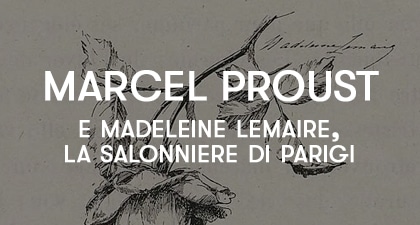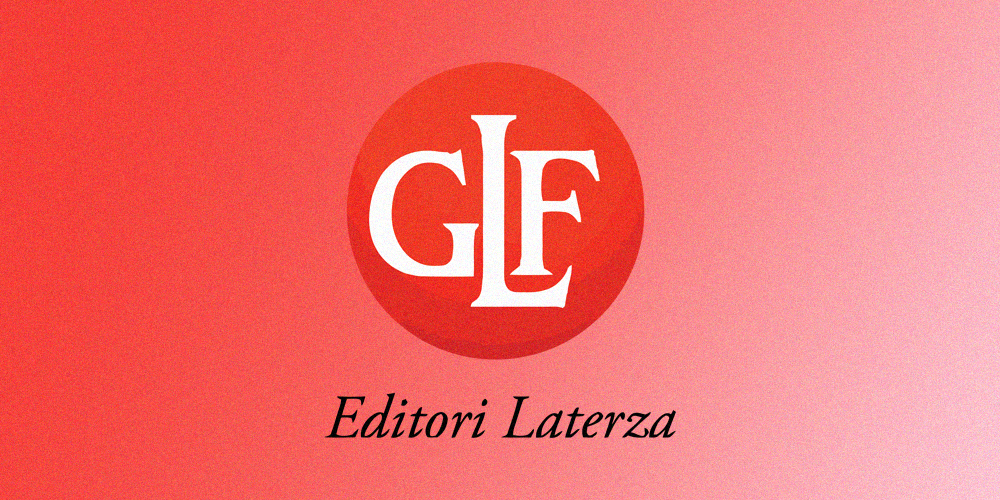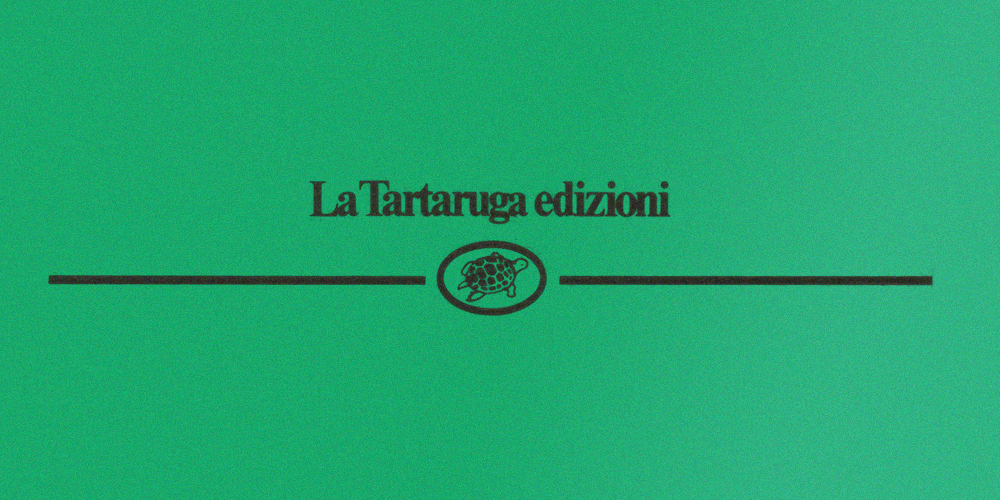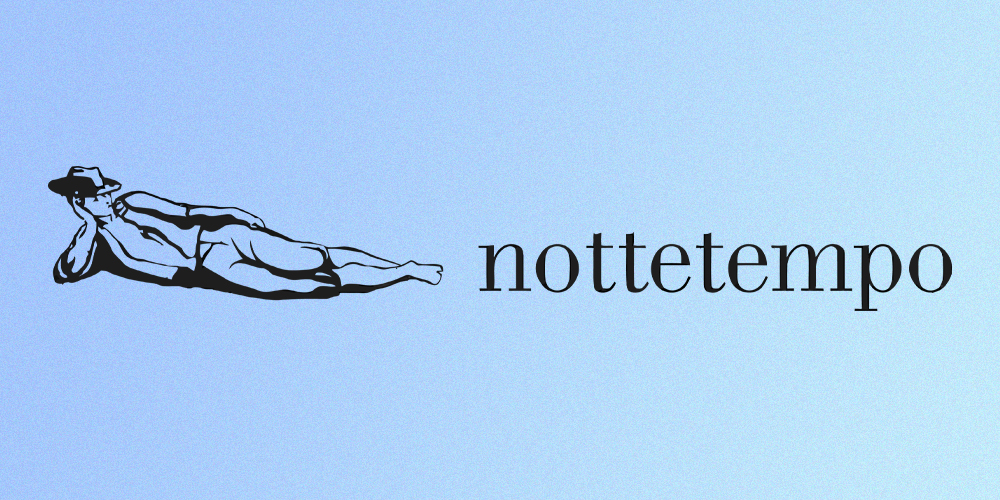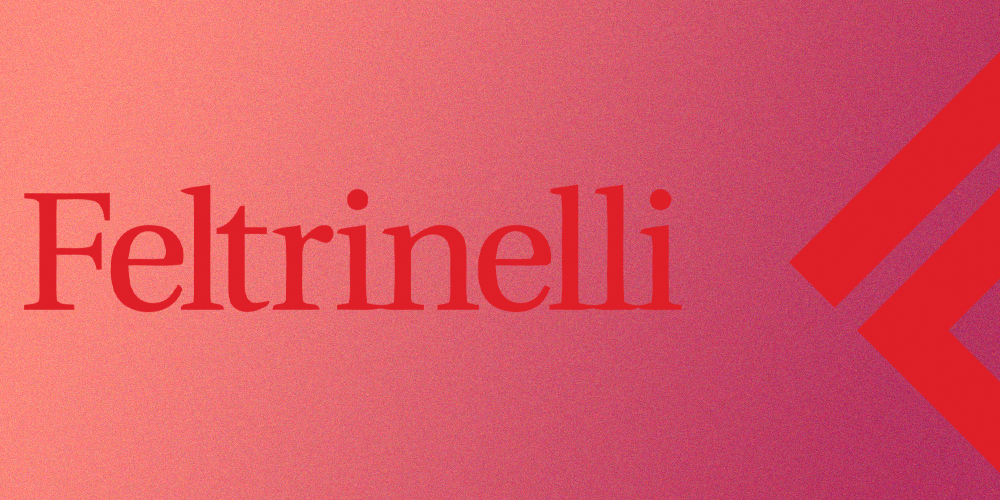
The fourth publishing house in our journey is Giangiacomo Feltrinelli Editore, known by the Feltrinelli brand.
“Change the world with books, fight injustice with books” Giangiacomo Feltrinelli
The publishing house was founded in Milan in 1954. The founder, Giangiacomo Feltrinelli, had already established the G. Feltrinelli Library in 1949 to study contemporary history and social movements.
The publishing house emerged from the ashes of Colip, the Popular Book Cooperative (1949-1954). A communist publisher created to oppose the Italian Communist Party’s withdrawal from the government in 1948, it included 200 titles in the Universale Economica series.

It was acquired by Giangiacomo in 1954, and from there, the Giangiacomo Feltrinelli publishing house was born, which founded the still thriving Universale Economica series.
The first office was at Via Fatebenefratelli 15, but by 1957, the publishing house moved to its current location at Via Andegari 6. In the same building, in 1961, the G. Feltrinelli Institute, with its library, also moved in. This institute would become a foundation in 1974, one of Italy’s most important centers for documentation.
In June 1955, the release of the first two titles of the publishing house was celebrated: Nehru’s Autobiography and The Scourge of the Swastika by Lord Russell of Liverpool.
The publishing house’s editorial activities initially focused on fiction, essays, and major works.
As a consultant and editorial director, Giorgio Bassani succeeded in getting Giuseppe Tomasi di Lampedusa’s *The Leopard* published in 1958, and helped several other authors, such as Manlio Cancogni, Antonio Delfini, and Franco Fortini.
Among foreign authors, Bassani helped introduce Jorge Luis Borges, Edward Morgan Forster, Ford Madox Ford, Karen Blixen, and especially Boris Pasternak, whose *Doctor Zhivago* was a world exclusive and a major sales success despite numerous difficulties in publication.

1959 was a year of intense production and openings to important authors.
Among them were: Alberto Arbasino, Saul Bellow, Theodor W. Adorno, Karen Blixen, Kazimierz Brandys, Jorge Luis Borges, Friedrich Durrenmatt, Edward M. Foster, Max Frisch, Doris Lessing, Renzo Rosso, Rudolf Arnheim, Bertrand Russel, and Nathalie Sarraute.
In 1962, in the “Poetry” series, the works of Spanish Miguel Hernandez and Soviet Evgenij Yevtushenko were published.
Also in 1962, the first three volumes of the “Feltrinelli Fischer Encyclopedia” were published, a 37-volume work of high-level popularization at an affordable price.
In 1964, Giangiacomo made his first trip to Cuba, where Fidel Castro assigned him the publication of Che Guevara’s *Bolivia Diary*. The Italian translation was the first in the world.

1968 was the year of success for Gabriel Garcia Marquez with *One Hundred Years of Solitude*. That same year saw the release of *Quotations* from President Mao and the Italian translation of *The Critique of Repressive Society* by Herbert Marcuse.
In 1972, Giangiacomo died under mysterious circumstances, causing great turmoil.
It was never clarified whether his death was accidental while attempting to blow up an electricity pylon in the outskirts of Milan, or if he was murdered.
It was an absurd death, filled with questions, I would say inexplicable.
The publishing house continued its mission, and his wife Inge carried on his dream.
In 1974, the book *Master Race. History of the State Bourgeoisie* was published, which became a slogan.
In 1978, Camilla Cederna’s book *Giovanni Leone, The Career of a President* became a bestseller, contributing significantly to the premature end of the presidency of Giovanni Leone.

In 1983, the publishing house’s series were revised.
Alongside *Narrators*, new series were introduced: *Adventure* and *Imprints*.
The biography series was named *Found Time*, and *Fields of Knowledge* included the human and social sciences.
New essay series *Essays* and *Ideas* were introduced, and *Presences* dealt with contemporary issues.
Also in 1983, Isabel Allende’s *The House of the Spirits* became a success. In 1984, José Saramago entered the catalog with *The Memorial of the Convent*, later winning the Nobel Prize for Literature in 1998. In 1985, Marguerite Duras was added to the catalog with *The Lover* and *The Pain*.
In 1990, a new fiction series aimed at new authors was introduced, called *The Kangaroos*, which evoked the symbol of the original *Universale Economica* series and was later revived for Feltrinelli’s paperbacks in the 1970s.
The activities of the publishing house were complemented by a network of bookstores, spreading from Pisa to Milan to Rome, across the whole national territory.
In the 1990s, the editorial and commercial activities of the bookstores were separated.
In 2005, Effe 2005 Holding was created, bringing together the bookstores and the publishing house. That same year, the bookstore distribution company PDE was acquired, and thus Giangiacomo’s dream was realized: the goal had always been to create a structure capable of managing the various stages of the editorial process, from publishing to distribution and retail book sales.
Today, Effe 2005 Group is led by President Carlo Feltrinelli, Giangiacomo’s son. It remains a group committed to the spread of ideas, cultural proposals, and a wide range of cultural products. It has a history that should not be forgotten.
Look at all the books published by Feltrinelli available in our catalog
Would you like to discover more stories about Italian publishing houses?
Here you can find all our articles.



